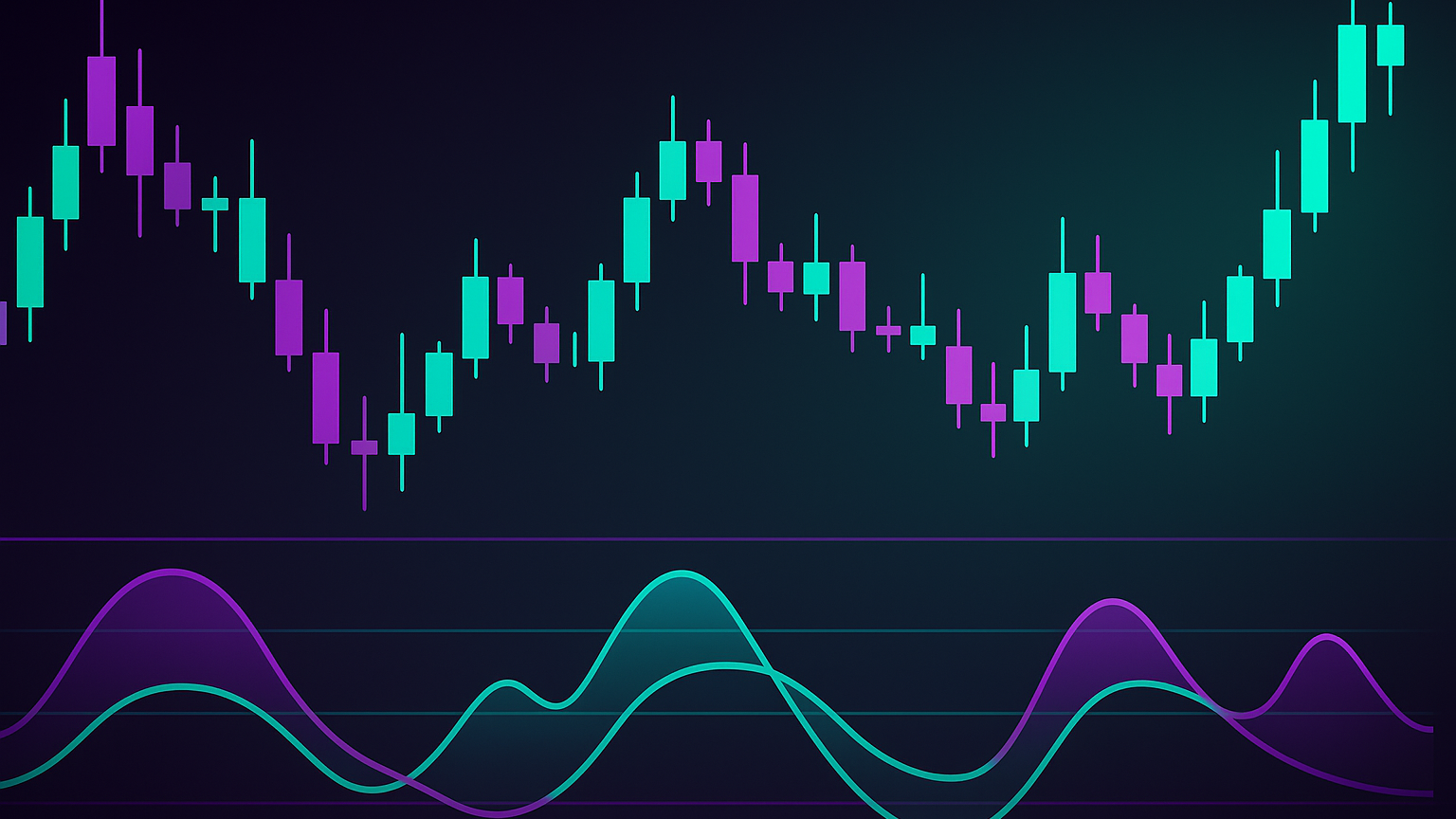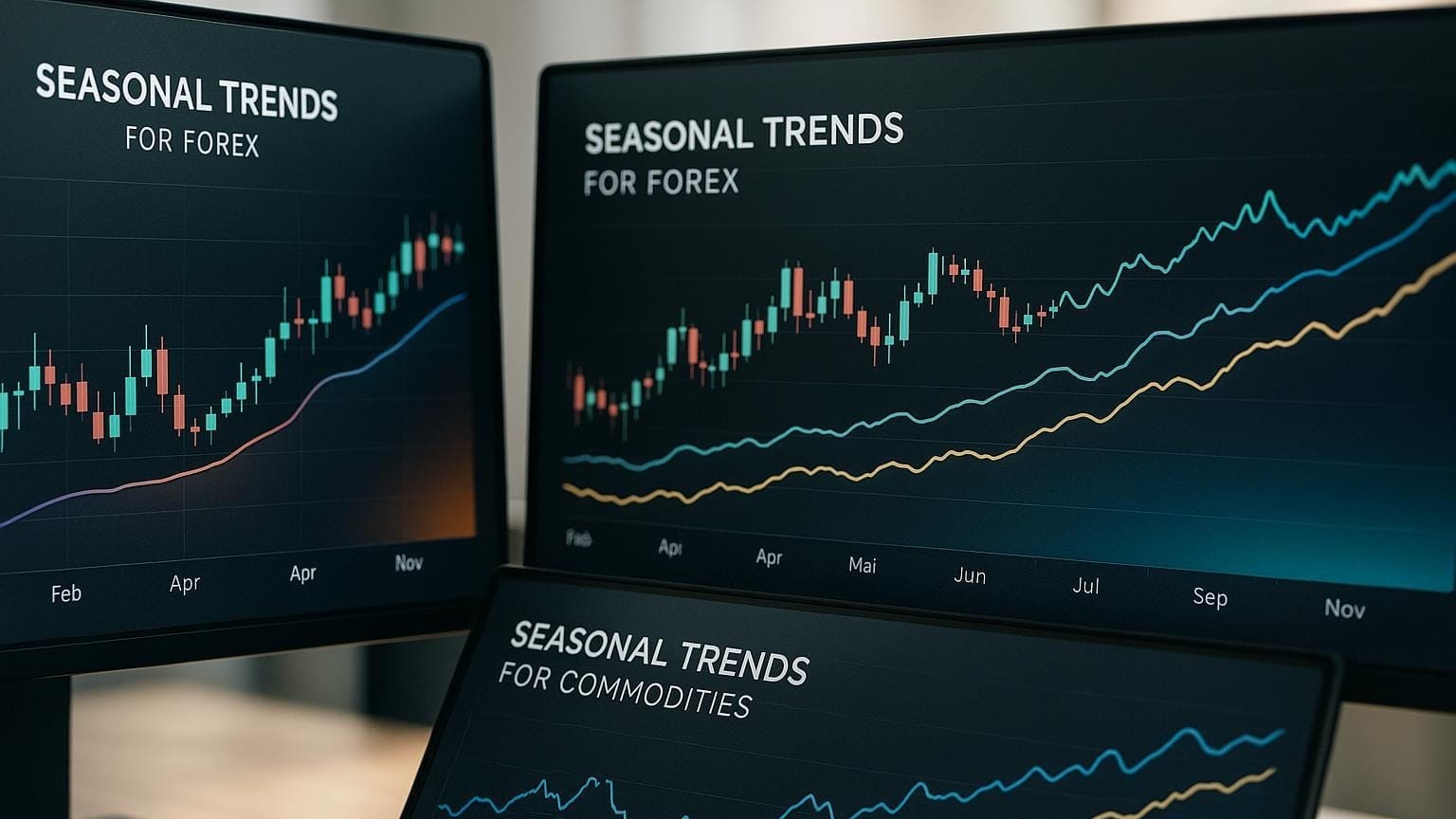Explore how Limit-On-Close orders provide price control and strategic execution during market closings, enhancing your trading approach.
Limit-On-Close (LOC) orders are a trading tool that combines price control with end-of-day timing. They allow you to set a maximum buy or minimum sell price for trades executed during the market's closing period. Unlike Market-On-Close (MOC) orders, which guarantee execution at the closing price but lack price control, LOC orders prioritize price limits and are only executed if the market meets your specified price at the close.
Key Points:
- LOC Orders: Limit orders for the closing period, offering price control but no execution guarantee.
- Best Use: Ideal for end-of-day portfolio adjustments and high-volume trading during the closing auction.
- Pros and Cons: Balances price control and timing but risks non-execution if the price moves beyond your limit.
- Setup Tips: Submit LOC orders before the broker's cutoff time (e.g., 3:45 PM ET) and adjust based on market trends.
- Advanced Techniques: Combine LOC orders with technical analysis tools like moving averages and RSI for precision.
Quick Comparison:
| Order Type | Price Control | Execution Guarantee | Timing |
|---|---|---|---|
| LOC | Yes | No | Market Close |
| MOC | No | Yes | Market Close |
| Standard Limit | Yes | No | Any Time |
LOC orders are a practical choice for traders who want to manage closing price exposure while maintaining control over trade limits. Use them strategically alongside other order types to optimize your trading approach.
What are MOC and LOC Orders – Market On Close & Limit On Close Order Types
When to Use LOC Orders
Timing is everything when it comes to using LOC (Limit-On-Close) orders effectively. These orders shine during the closing auction, one of the most active trading periods in the U.S. equity market.
Best Times for LOC Orders
The closing auction is a key moment for LOC orders, offering opportunities like:
- End-of-Day Portfolio Adjustments: Starting at 3:50 PM ET, you can use auction data to make last-minute adjustments as Designated Market Makers kick off the closing auction.
- High Volume Trading: As market activity surges near the close, LOC orders help you maintain price control while participating in the high trading volume.
However, these benefits come with certain trade-offs that need careful consideration.
LOC Orders: Pros and Cons
| Aspect | Advantages | Limitations |
|---|---|---|
| Price Control | Lets you set a max buy/min sell price | May miss trades if prices move beyond range |
| Execution Timing | Focuses on closing auction participation | Must be submitted before the cutoff time |
| Risk Management | Shields against end-of-day volatility | No guarantee the order will execute |
| Market Impact | Reduces disruption for large trades | Lower priority than Market-on-Close orders |
| Flexibility | Can be adjusted until the cutoff | Becomes locked after the cutoff time |
Keep a close eye on closing auction imbalances starting at 3:50 PM ET to adjust your LOC order settings and improve your chances of execution.
Setting Up LOC Orders
Learn how to place Limit-On-Close (LOC) orders with precision by following these steps.
How to Place LOC Orders
While the exact process may differ depending on your broker, here’s an example using Interactive Brokers:
- Initial Order Creation
Start by clicking Ask to buy or Bid to sell. This action will populate the order window with current market data. - Order Configuration
In the order type field, choose "LOC" to indicate a Limit-On-Close order. Then, set your limit price. This is the highest price you're willing to pay for a buy order or the lowest price you're willing to accept for a sell order. - Quantity and Timing
Specify the trade quantity and ensure you submit the order before the broker's cutoff time, typically 3:45 PM ET.
Once your order is set up, it’s important to review a few key factors for optimal execution.
Additional LOC Order Considerations
"Orders with the 'LOC' parameter will be satisfied for the 'Close' Price for the given trading day limited at the lowest by the lowest price shown in the order window as the 'Limit Price'." (Fio banka)
When setting your limit price, keep these points in mind:
- Watch market conditions and any significant price fluctuations.
- Evaluate the asset’s liquidity based on its usual trading volume and price behavior.
- Be aware that LOC orders are filled after Market-on-Close orders but before other closing order types.
Expert LOC Trading Methods
Advanced traders take LOC orders to the next level by blending them with technical analysis, creating more precise and effective trading strategies.
LOC Orders with Technical Tools
Pairing LOC orders with technical indicators can help fine-tune your trade execution. For example, try the Sweet Chariot Strategy, where you set your limit price based on a 40-period SMA (Simple Moving Average) crossover.
Another method worth exploring is the WMA + RSI + MACD strategy, which uses multiple indicators for a more nuanced approach:
| Component | Settings |
|---|---|
| WMA Periods | 5, 15, 30, 60, 90 |
| RSI | Period: 5 |
| MACD | Fast EMA: 5, Slow EMA: 13 |
Here’s how it works: Enter a buy signal when the 5-period WMA crosses above the 15-period WMA, the RSI dips below 40, and the MACD histogram reverses near 0.005. When setting your LOC order limit, align it with significant technical levels and include a price buffer to account for market fluctuations.
These strategies can be adjusted further to handle volatile market conditions.
LOC Orders in High Volatility
In volatile markets, refine your approach by setting broader price buffers and keeping a close eye on volume spikes to reduce execution risks.
Risk Management Integration
To safeguard your trades, combine LOC orders with stop-loss orders. This dual-layered system helps you maintain accurate entry points while protecting against sudden price swings.
"Orders with the 'LOC' parameter will be satisfied for the 'Close' Price for the given trading day limited at the lowest by the lowest price shown in the order window as the 'Limit Price'." (Fio banka)
One important tip: During periods of high volatility, real-time quotes might lag behind actual market activity. To avoid costly mistakes, don’t place LOC orders too close to your absolute maximum or minimum acceptable prices. Always factor in potential delays when setting your limits.
Avoiding LOC Order Mistakes
To make the most of LOC orders, it's crucial to steer clear of common pitfalls in execution and risk management.
Managing Fill Risks
Market volatility can greatly impact the success of your LOC orders. During periods of high volatility, the risk of non-execution increases as prices may move beyond your set limit at the close. To address this, keep an eye on market trends and adjust your limit prices as needed to improve the chances of execution. Additionally, consider diversifying your order types to spread out risk and avoid over-reliance on a single strategy.
Using a Mix of Order Types
Relying solely on LOC orders can leave your portfolio vulnerable. To balance your approach, incorporate other order types like stop-loss, trailing stops, or standard limit orders. For example, standard limit orders are often more effective during regular trading sessions when precise timing is essential.
"Orders with the 'LOC' parameter will be satisfied for the 'Close' Price for the given trading day limited at the lowest by the lowest price shown in the order window as the 'Limit Price'." (Fio banka)
Keep in mind that LOC orders have specific cancellation rules and deadlines set by the exchange. Adjust your strategies during major market events to maintain strong execution rates and minimize risks.
Conclusion
LOC orders offer a trading method that combines precise timing with price control, specifically targeting the market close. This makes them a useful tool for managing end-of-day positions, especially in calm market conditions.
The main advantage of LOC orders lies in their ability to limit exposure to intraday price swings while still focusing on specific price goals at the close. They work best in markets that are stable or have predictable trends, where the closing price can have a big impact on trading results.
"Essentially, the LOC order functions as a steadfast lighthouse at market close; it shines light on the path to transactional success." (Tyler Corvin, Senior Trader, The Trading Analyst)
Key Takeaways
- Pay attention to market trends and volatility to fine-tune limit prices.
- Use LOC orders alongside other order types for a balanced trading strategy.
- Submit orders before the exchange's cutoff time, often in the final minutes of trading.








